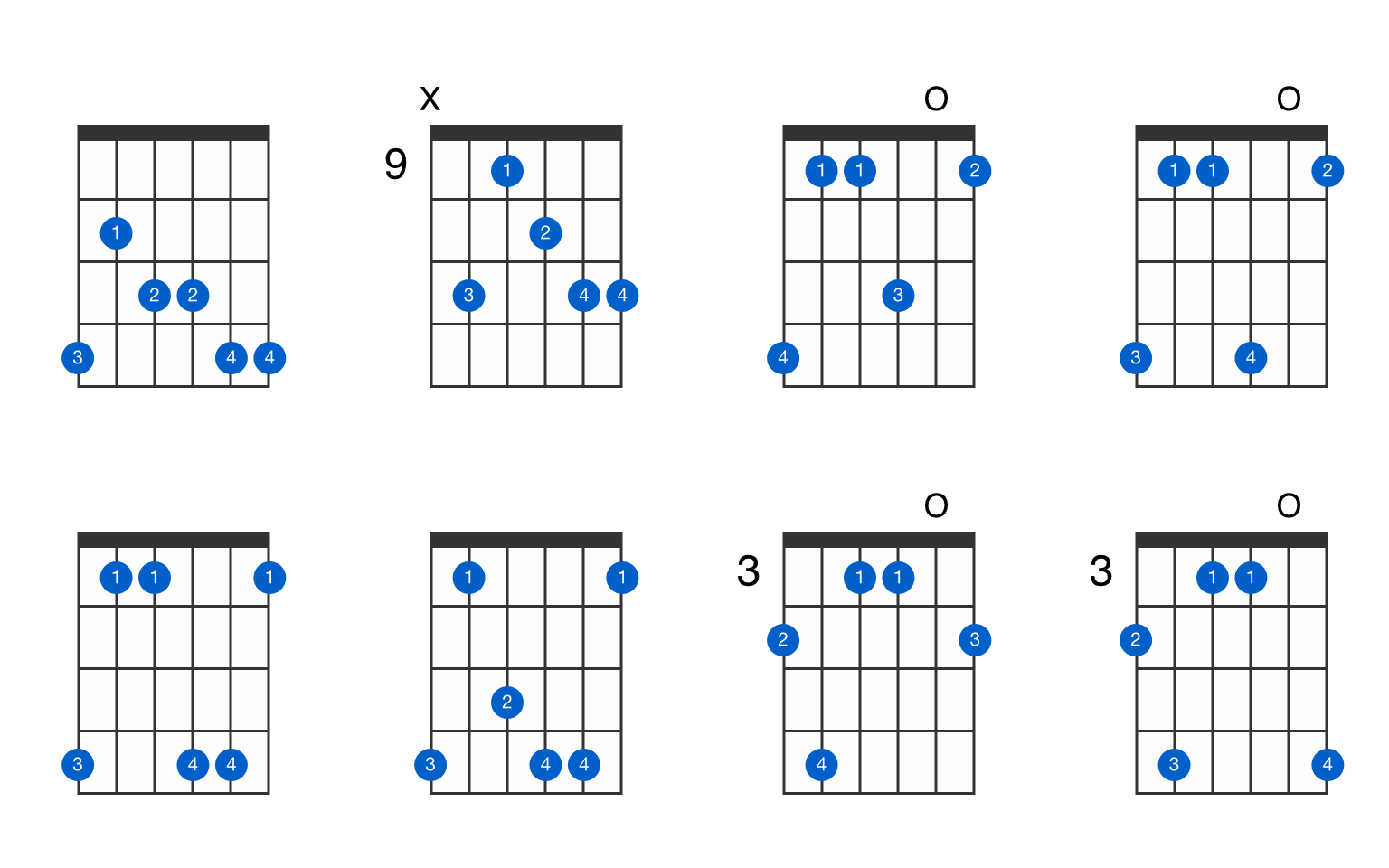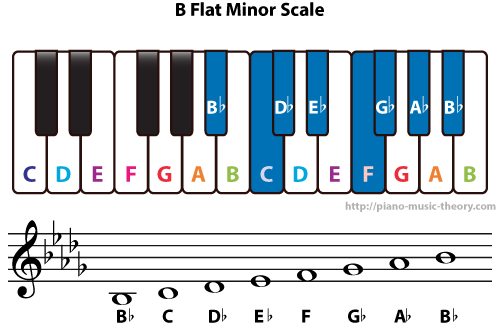

At an altitude of about 30 degrees the hourly rate is halved, at 15 degrees it is a third. The lower the radiant in the sky, the fewer the numbers that will be seen. The rates quoted here, are based on a limiting star magnitude of +6.5 (a really good, dark sky), an experienced observer, and the assumption that the radiant is directly overhead. The number of meteors an observer can see in the course of an hour depends strongly on sky conditions.

In addition to shower meteors, there are always sporadic meteors, presumably unrelated to one another, that occur at an average rate of several per hour. The greatest numbers will be seen perhaps 30 degrees (the equivalent of the width of three fists held at arm's length) away from the radiant, in the general direction of the point directly overhead (the zenith).

Many people are misled into thinking that this is the best place to look for these meteors, but actually only "stationary meteors" - those coming more or less straight at you - can be seen here. A radiant is the place in the sky where the paths of shower members, if extended backward, would intersect if plotted on a star chart. Looking for a telescope to observe the summer night sky in between meteor showers? We recommend the Celestron Astro Fi 102 as the top pick in our best beginner's telescope guide.įive of the six minor displays have radiants that will be reaching their highest points in the southern sky between the hours of roughly 1 a.m.


 0 kommentar(er)
0 kommentar(er)
